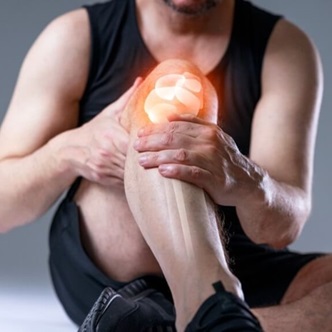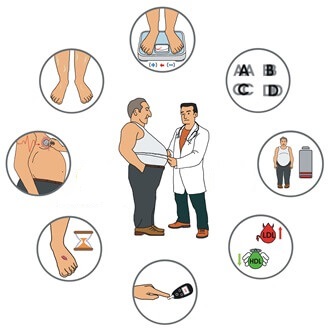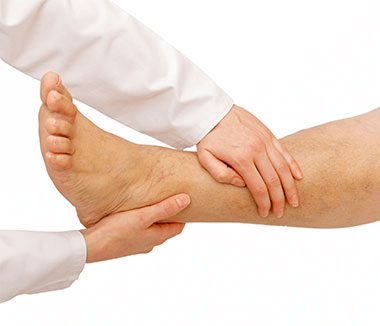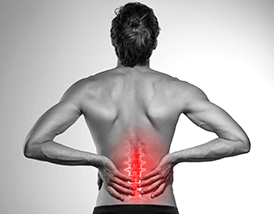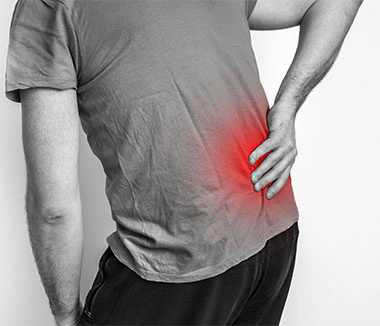See details
READ MORE.jpg)
Transmission of electrical currents in the brain through the direct transcranial stimulation device may be the next major trend in performance training, being already known for its potential to treat depression, neuromuscular disorders, and traumatic brain injuries.
The basic principle of tDCS - the transmission of a current of moderate intensity in the brain for therapeutic benefits, which is not new. The ancient Romans used the electric shocks of Torpedo fish to alleviate headaches. Today, neuroscience and performance athletes use the tDCS device to increase performance, muscle endurance, and athletic ability in general.
As a form of neurostimulation, tDCS uses constant direct electrical currents to stimulate specific regions of the brain. The administration of these low-intensity currents sends that specific region of the brain into an increased state of neuroplasticity, in which new neural pathways are formed, and existing ones are fortified faster. In other words, the brain learns much faster in the hyperplastic state induced by tDCS.
Many studies demonstrate the ability of tDCS to increase learning ability and improve motor skills. Traditionally, tDCS is administered in a laboratory-type set-up to a patient wearing a cap full of thin cables, but the tDCS device designed by HaloNeuroscience looks more like a pair of modern, high-quality headphones. Halo Neuroscience created this pair of headphones to transmit electricity directly to the region of the brain responsible for motion control - the motor cortex. Stimulated by this device, the nerve cells enter a hyperplastic state. Neurons transmit nerve impulses much faster, helping to strengthen the neural pathways associated with any type of activity that involves muscle memory, strength, and endurance.
After a 20-minute session with tDCS headphones, the athlete should be in a hyperplastic state for 60 minutes, during which time he can train more effectively.
Many times when we think of sports, we think of the body in the first instance (muscle strength, pulse, physical endurance). The truth is that the brain is responsible for most sports skills. Although, we need muscle fibers to run, swim, lift weights, without the brain these muscles would be useless because each of them is controlled by the nervous system.
.jpg)
To explain the science behind sports training with tDCS headphones, Halo Neuroscience uses as an example, learning how to throw a basketball. If you have never thrown the ball in the basket, you will learn everything from scratch, thus forming new neural pathways in the motor cortex. With each throw, the newly formed neural pathways strengthen and create muscle memory. In a hyperplastic state induced by tDCS, these neural pathways form much faster. By training in a hyperplastic state, the athlete can improve his performance in a much shorter time than normal.
In the example used to throw the ball to the basket, reference was made to the formation of muscle memory, a type of training that improves coordination and the development of motor skills. TDCS can also help the body develop strength and endurance.
Development of muscle strength and endurance
Evidence of training with tDCS
At Centrokinetic you will find Dr. Edis Mustafa , a specialist in medical recovery, who specializes in tES therapy, treating over 200 patients, and none of them had any side effects. Dr. Mustafa did his doctorate in tES therapy, being the most experienced doctor in Romania.
.jpg) | .jpg) |
Prices
You can find here a detailed list of the prices of individual services. But any correct recovery process is based on a mixed plan of therapies and procedures, customized according to the condition, stage of the condition, patient profile, and other objective medical factors. As a result, in order to configure a treatment plan, with the therapies involved and the prices related to the plan, please make an appointment here for an initial consultation.
SUCCESSFUL RECOVERY STORIES
MAKE AN APPOINTMENT
FOR AN EXAMINATION
See here how you can make an appointment and the location of our clinics.
MAKE AN APPOINTMENT




